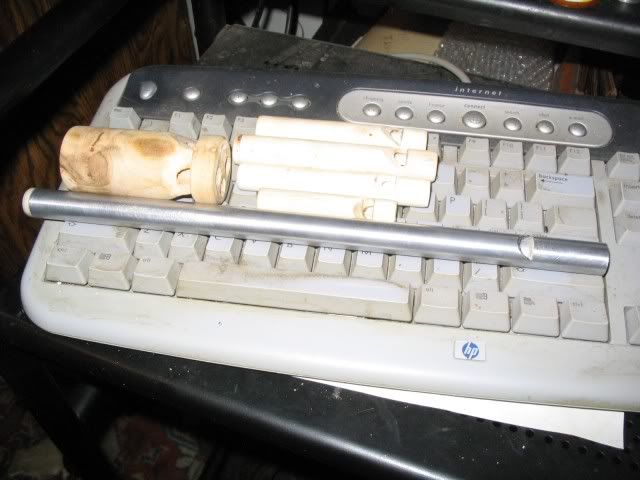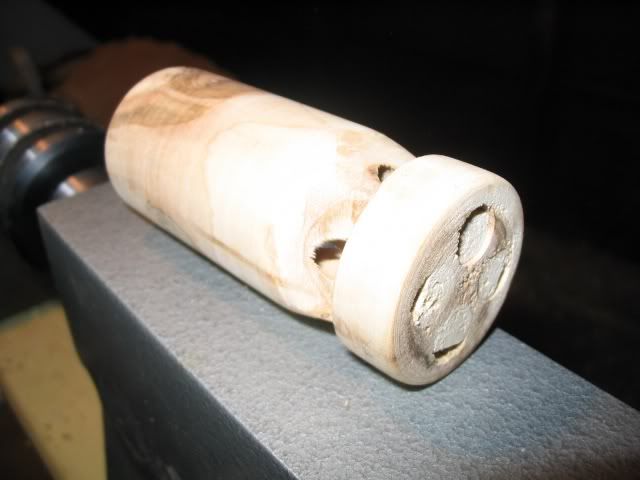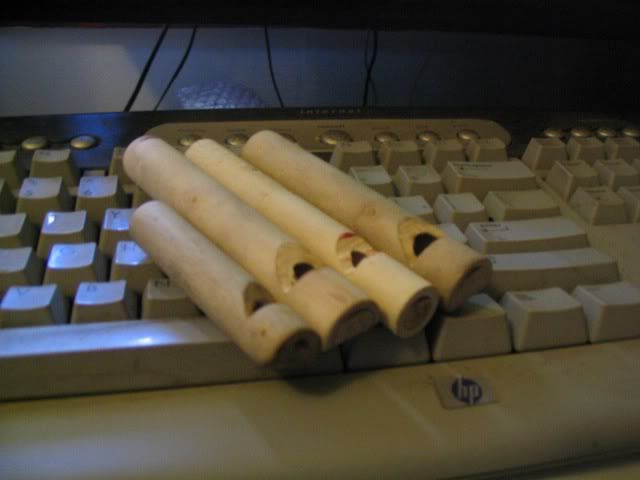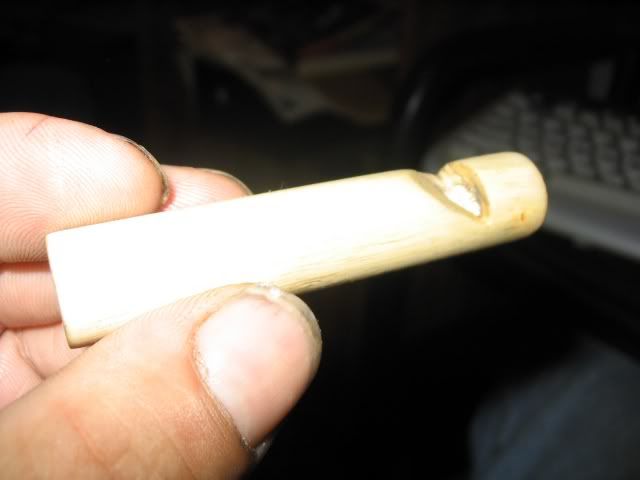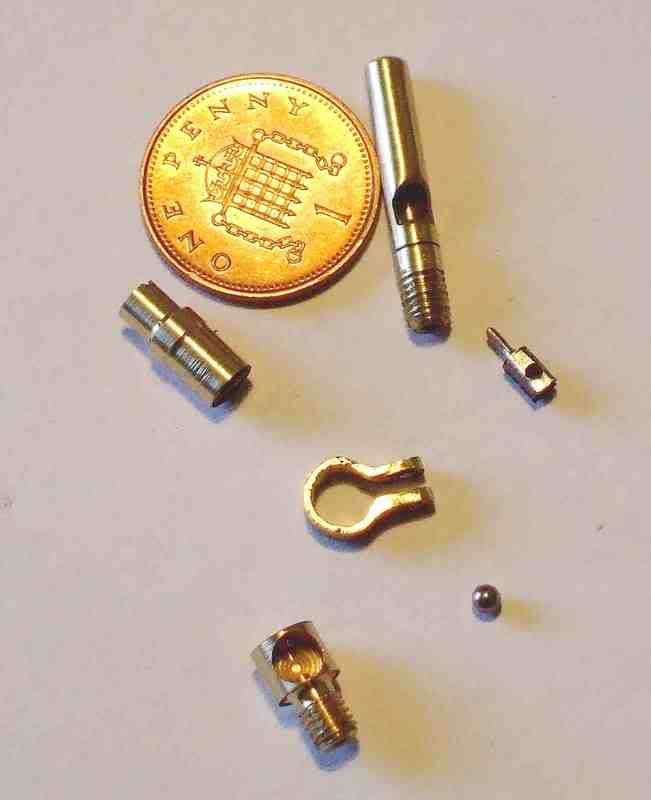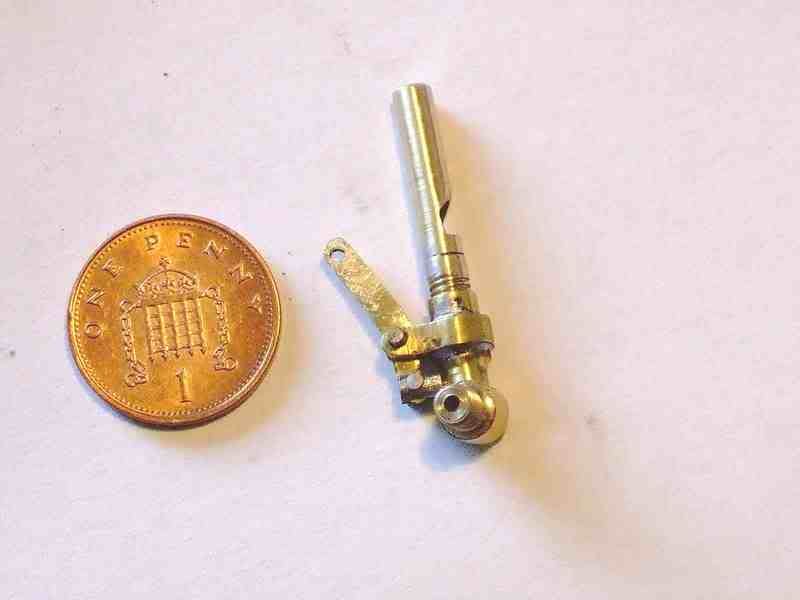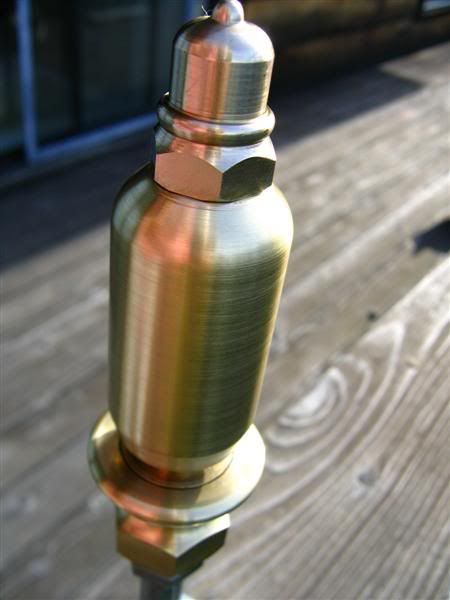from The Engines Moan
. . .by turns a wailing banshee, a demonic shriek, a song of bewitchment, the spur to wanderlust, the voice of loneliness, the echo of solitude, the harbinger of grief, parting and loss. . .[the steam whistle] also signals the prospect of adventures yet to be tasted enterprises yet to be undertaken. . .
Here, Ed Fagen, one of the nations foremost authorities on steam whistles, has provided us with a broadly researched, eloquently written and marvelously witty book, the first and only one on the subject. It includes comprehensive, illustrated chapters on:
the history of the steam whistle, the voice of the Industrial Revolution, and how it developed
the various uses of steam whistles on locomotives, ships, factories, firehouse roofs, circuses
the broad range of whistle manufacturers, their histories and their product lines (including how to identify and date whistles, as well as an extensive discussion on the relative rarityof whistle types)
how to acquire, organize, and preserve a whistle collection
how to repair and restore steam whistles
how to blow steam whistles on steam or compressed air
how a steam whistle actually works a point that remains somewhat controversial even today.
Also included are an illustrated glossary of whistle terms, an illustrated review of the major whistle-related U.S. design patents, and a comprehensive index.
A joy to read, this book is a true must have for the railfan, collector, curator, historian of science, industrial archeologist, and anyone for whom the sound of this icon of connotative richness has ever beckoned to adventures that live in the imagination.
About the Author
Edward Fagen is a retired professor of electrical engineering. Although trained in solid state physics, he has lifelong avocational interests in steam locomotives, sound reproduction, and classical music. The publisher of Horn & Whistle, the quarterly journal of the Horn & Whistle Enthusiasts Group, he lives in Middlebury, Vermont, in a solar house of his own design, and blows a few whistles now and then.





